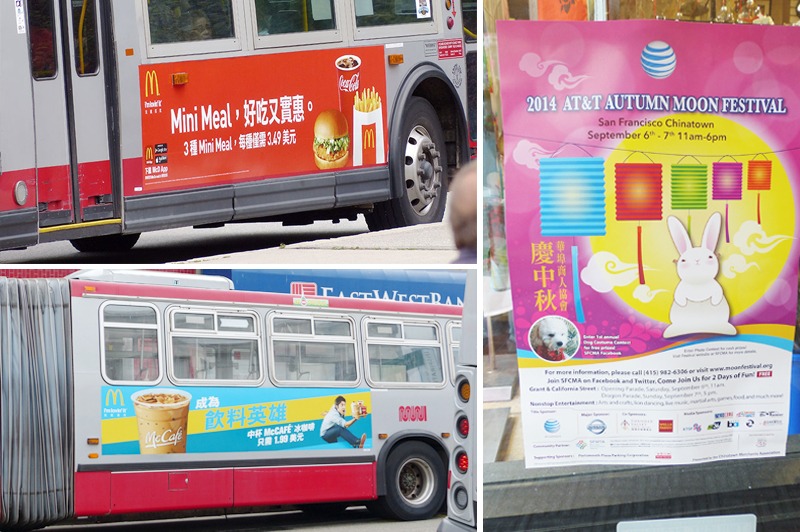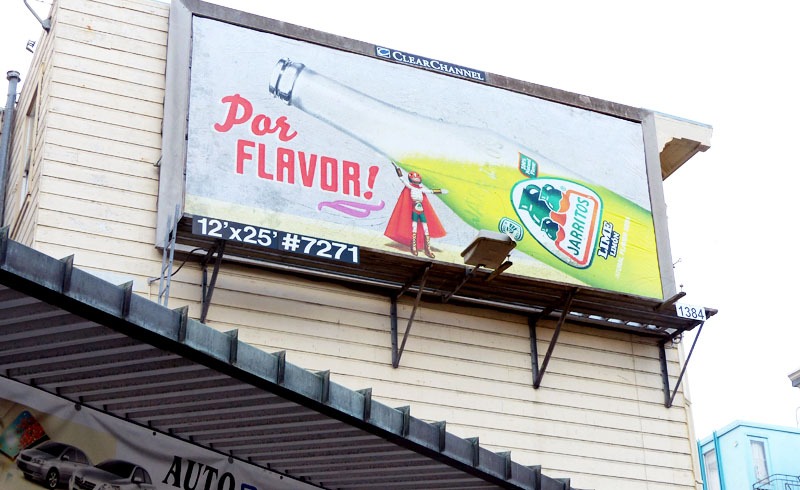Recently, I had occasion to visit the beautiful city of San Francisco. Many similarities exist between Vancouver and San Francisco, not the least of which is its population mix: 20% of the city is comprised of ethnic Chinese, about the same as Vancouver. Surprisingly, unlike the furor in the Lower Mainland about Chinese in-language advertising in public spaces, there was no such thing in SF. Ads for the City of SF along with other public institutions were seen in multiple languages, but primarily English, Chinese and Spanish.
Surprising also were the kinds of companies that were marketing with dedicated campaigns to the Chinese community. Brands such as McDonalds and Subaru, along with financial institutions and telecom were visibly promoting their products. Why, I wondered, was Vancouver, with its multicultural sensibilities, so far behind? After much consideration, I would have to chalk it up to maturity of the market. Denizens of SF have lived with the presence of the Chinese community for generations while we in Vancouver (and Toronto) have only had about a generation of coexistence. Plus, the recent spate of affluent immigrants from China has only exacerbated the market dynamics skewing the price of real estate and consumer goods even more causing some market resentment that may not have previously existed. Also, the Chinese population in SF is fairly concentrated in the Chinatown area while those living in the Lower Mainland have been cast farther afield in locations (in addition to Vancouver) such as Richmond, Burnaby, Coquitlam and now, West Vancouver.

However, in spite of this, I did find a great example of bicultural advertising. It was a billboard for a Spanish drink called Jarritos. Perched above a main street was a piece of creative that exemplified the spirit of biculturalism. The headline: Por flavor!. In Spanish, por favor means ‘please’ but the copywriter deftly changed the word ‘favor’ to ‘flavor’. Nice.

By using a phrase that is familiar to most Americans and adding a twist, the point is made with a dual meaning. For the Hispanic community and those who have even a small understanding of Spanish, the point is made: Jarritos please! For those who may have less familiarity with Spanish, the word ‘flavor’ is all you need to know for the ad to get its point across: Jarritos is full of flavour.
While this spirit of biculturalism is easier to accomplish with languages with similar alphabets (eg. English and Spanish) versus English and Chinese, the direction this kind of advertising establishes is clear and simple. Yet it’s difficult to do and requires a true bicultural sensibility. As the markets and media continue to merge in marketing-communications, it is exactly this kind of messaging that will cut through the clutter and be meaningful for audiences who themselves are bicultural transplants.
The question is, are you ready?
































